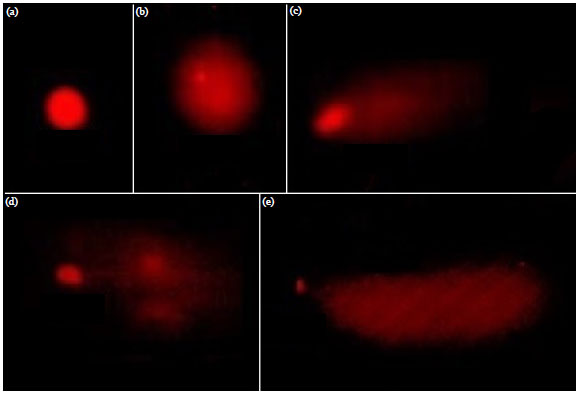Research Article
Genotoxic Effect of Endosulfan at Sublethal Concentrations in Mori (Cirrhinus mrigala) Fish Using Single Cell Gel Electrophoresis (Comet) Assay
Laboratory of Fisheries and Aquaculture, Department of Animal Sciences, Quaid-i-Azam University, Islamabad 45320, Pakistan
Maryam Begum
Department of Zoology, University of Malakand, District Lower Dir, Khyber Pakhtunkhwa, Pakistan
Saeed Ahmad
Department of Zoology, University of Malakand, District Lower Dir, Khyber Pakhtunkhwa, Pakistan
Kuldeep Dhama
Division of Pathology, ICAR-Indian Veterinary Research Institute (IVRI), Izatnagar 243122, Bareilly, Uttar Pradesh, India
LiveDNA: 91.4710

















